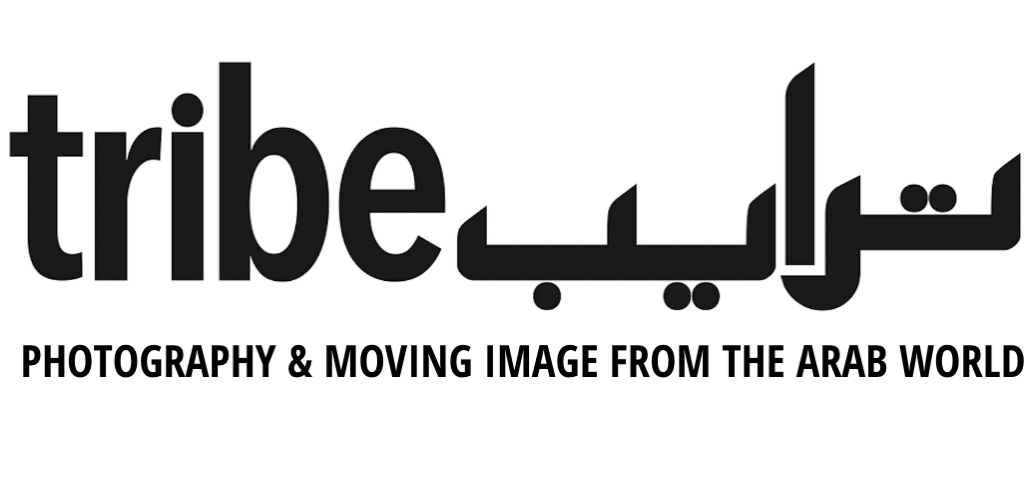All What I Want is Life: Group Exhibition Gulf Photo Plus, Dubai
By Ruba Al-Sweel
Pictures are meant to capture a moment in time, but in All What I Want Is Life at Gulf Photo Plus (GPP), Dubai’s leading center for photography in Alserkal Avenue, a range of photographs illustrated how little progress we’ve made, thus framing the current moment as a state of cursed stagnation. This pictorial and filmic survey drawn from Lebanon, Iraq, Algeria, and Sudan unfolds like waves of civic unrest, reflecting a chain reaction of protests across the Arab world over the last two years. The title of the show, taken from one of the many cris de cœur graffitied across the walls of the Saadoun Tunnel in Baghdad, conjures up an image of tragic urgency, one suggesting a common attitude sweeping the region: the status quo cannot hold, breathing is heavy. While state orchestration or neglect have stifled or actively worsened some protests, the pictures remain as stark reminders of the slow rate of progress.
Amir Hazim, a young Baghdad native, documented the ongoing protests that erupted in early 2019 in striking black-and-white portraits using his iPhone, which he then disseminated through Instagram. Many were widely circulated, becoming the popular imagery of a valiant movement. Chief among them are monochromatic displays of veiny fists raised to the sky and a sea of piercing eyes peering through masked faces. Hazim is optimistic and believes that the bloodshed was not for naught. He explains, “For better or for worse, change has occurred. It’s been two years since we took the streets and it is still ongoing. We did not get what we demand politically, but people have changed and our courage to push through could be the flame for future demonstrations and for generations to learn from our mistakes.”
Since Myriam Boulos produced her striking, ironic photographs of mostly young and attractive protesters using fill flash, Beirut has gone up in flames with an explosion that ripped through the city’s port on August 4th. Boulos, devastated but resilient nonetheless, waded into a ravaged Beirut just a few days after the ghoulish blast. “It’s very difficult for me to take pictures in this nightmare. But I feel like we have to document, document, and document. I couldn’t find ways to show the violence on the street but there was blood,” she explains.
Similarly, since Khartoum-based Lana Haroun’s transfixing photograph of Alaa Salah draped in white with her index finger raised to the heavens catapulted the protester to fame, Sudan has seen tragedy amany. From the economic ramifications of a global pandemic to a three-month state of emergency due to deadly floods, Haroun remains committed to her initial cause by keeping her eye on the bigger picture and advocating for the merits of social distancing. On the anniversary of the coup d’état that deposed President Omar al-Bashir, she tweeted: “I know how emotional this is for all Sudanese people, but in order to rebuild the country, we must stay home.”
From Fethi Sahraoui’s ventures into testosterone- addled soccer stadiums, where protests against President Abdelaziz Bouteflika’s announcement to run for a fifth round had their roots, to photography duo Tamara Abdul Hadi and Roï Saade’s series of diptychs presenting spectral artifacts from Beirut following the 2019 protests, the photographs featured in All What I Want is Life offer potent imagery that probes state violence, oppression, and the repressed aspects of both society and the self.
From the nooks of Baghdad to the world, All What I Want Is Life remains a resounding battle cry for anyone who cares enough to listen.



